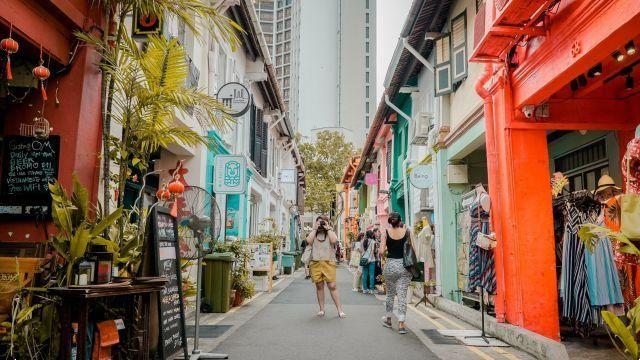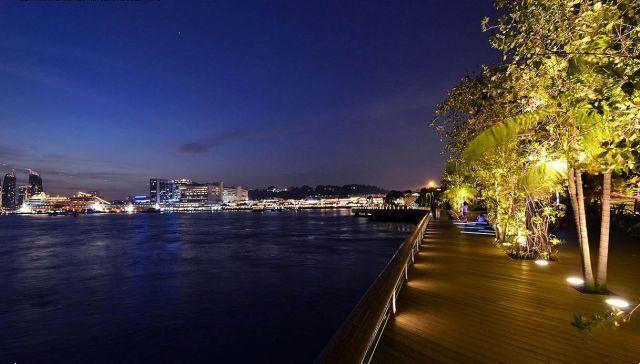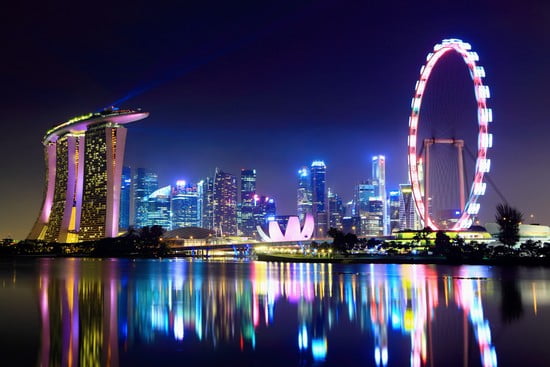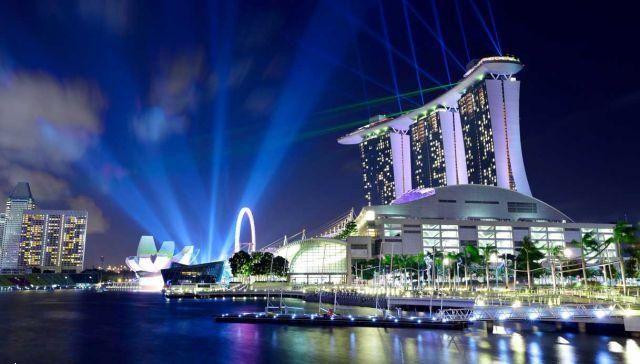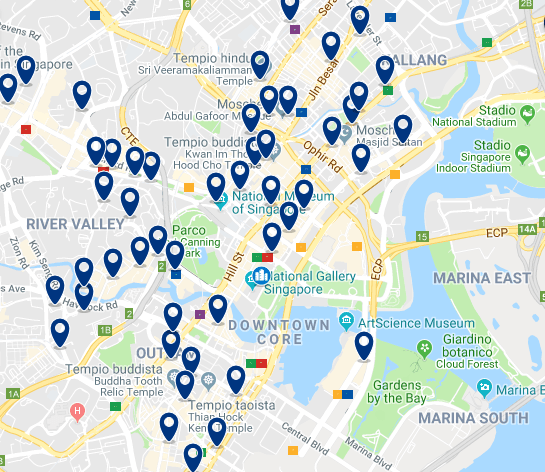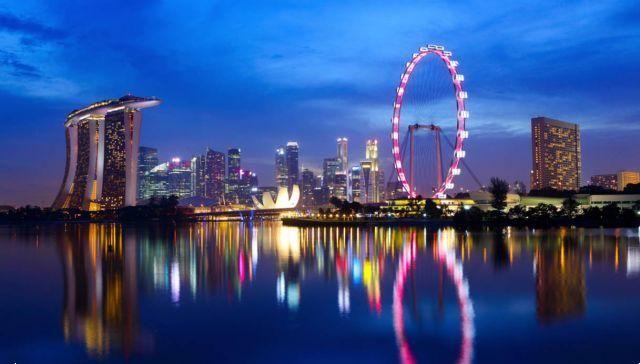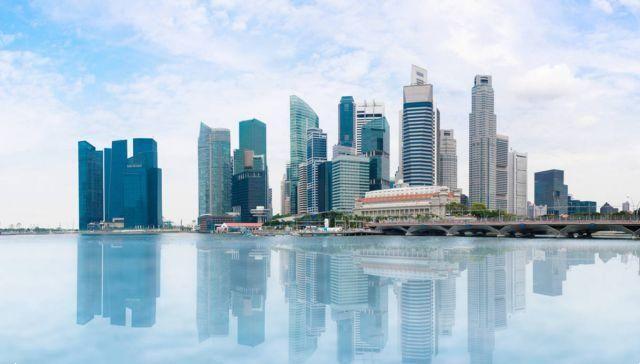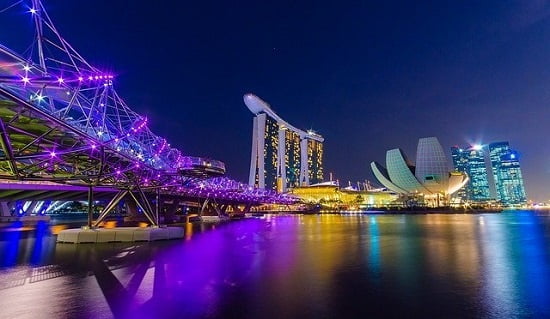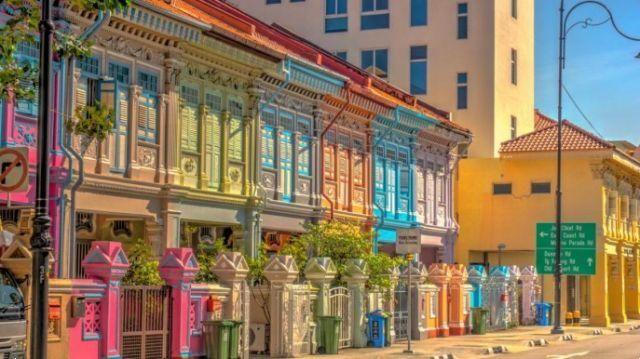
Source: iStock
They are not eaten, even if they look like candy, but they are inhabited, which makes them even more suggestive. But above all they have a centuries-old history behind them that deserves to be known. We're talking about colorful houses of Singapore, the ones that many have renamed as Candy House, and looking at the overall panorama, the name is not that surprising.
Yet when we think of the city-state in the south of Malaysia, a scenario of futuristic metro lines and skyscrapers, avant-garde buildings and traffic lights controlled by artificial intelligence opens up in our imagination. Let's think of the Marina Bay Sands, the iconic hotel of the city which, together with the Gardens by the Bay, has uniquely determined the whole of Singapore.
Yet there is an area, in the city, suspended in time and space, a slice of life lived to be preserved and protected. Let's talk about the colorful houses of Singapore, the last bastion of Peranakan culture. Some neighborhoods on the east coast feature buildings made in the building style imported by Chinese settlers in the early 19th century.
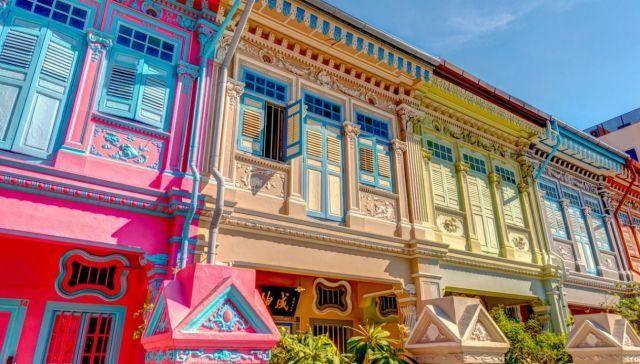
Source: iStock
These are shops, with two or three floors, designed to contain commercial activities on the ground floor and living spaces on the upper ones. Today what remains of this style is a series of houses painted pink, pistachio green or emerald, super Instagrammable. However, few know the story of Koon Seng Road or Joo Chiat.
The homes in these neighborhoods were built by the Peranakans, people of mixed Chinese and Malay descent who settled here, creating neighborhoods and multicultural communities. And if Singapore once seemed intent on replacing the past with the future, it now looks backwards, as demonstrated by the desire to protect and transform these architectural examples into symbols of the territory's tradition.
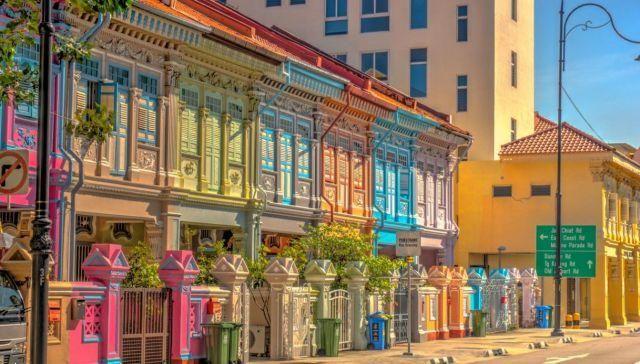
Source: iStock
If it is true, in fact, that more than 50 percent of the old city of Singapore was demolished between the 70s and 90s, it is equally true that in the last ten years Singapore has entered a more conservationist phase, implementing restoration interventions of the shops in the city. The result is that these historic buildings are now the most sought after on the market.
Among all, the Baba House also stands out, a restored shop that today it fulfills the task of a museum intent on making known e I will preserve the Peranakans culture.
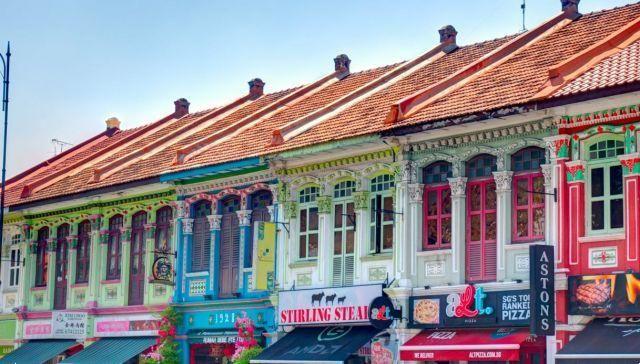
Source: iStock




